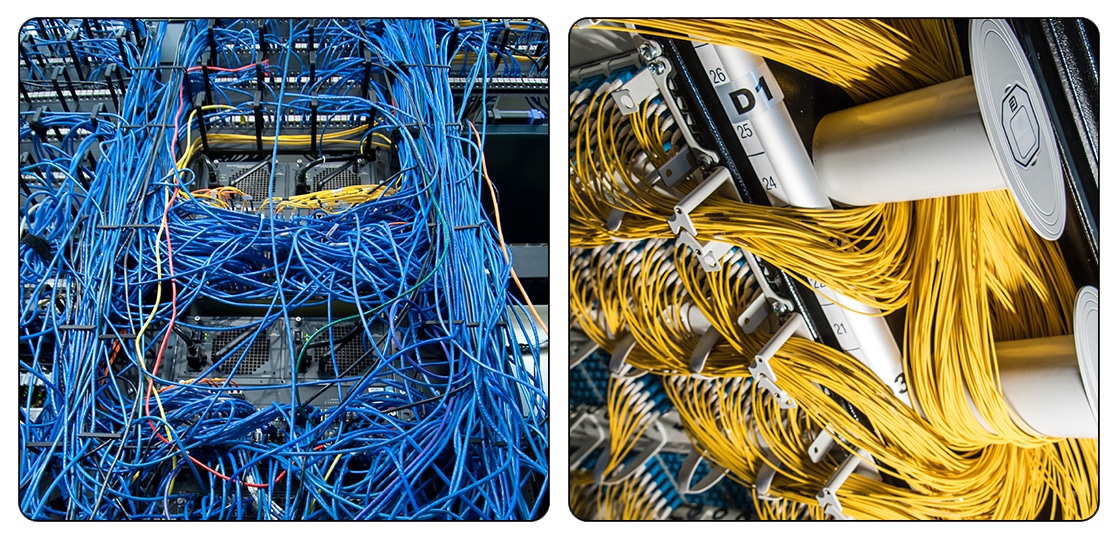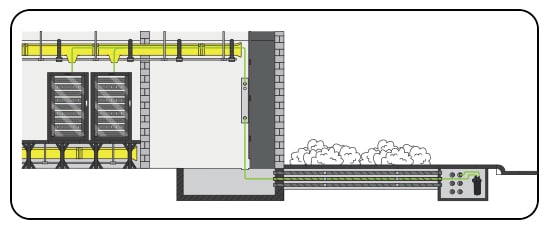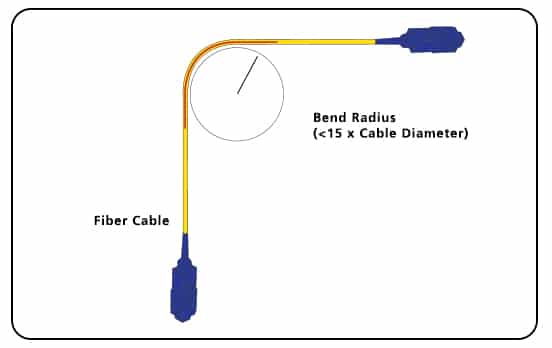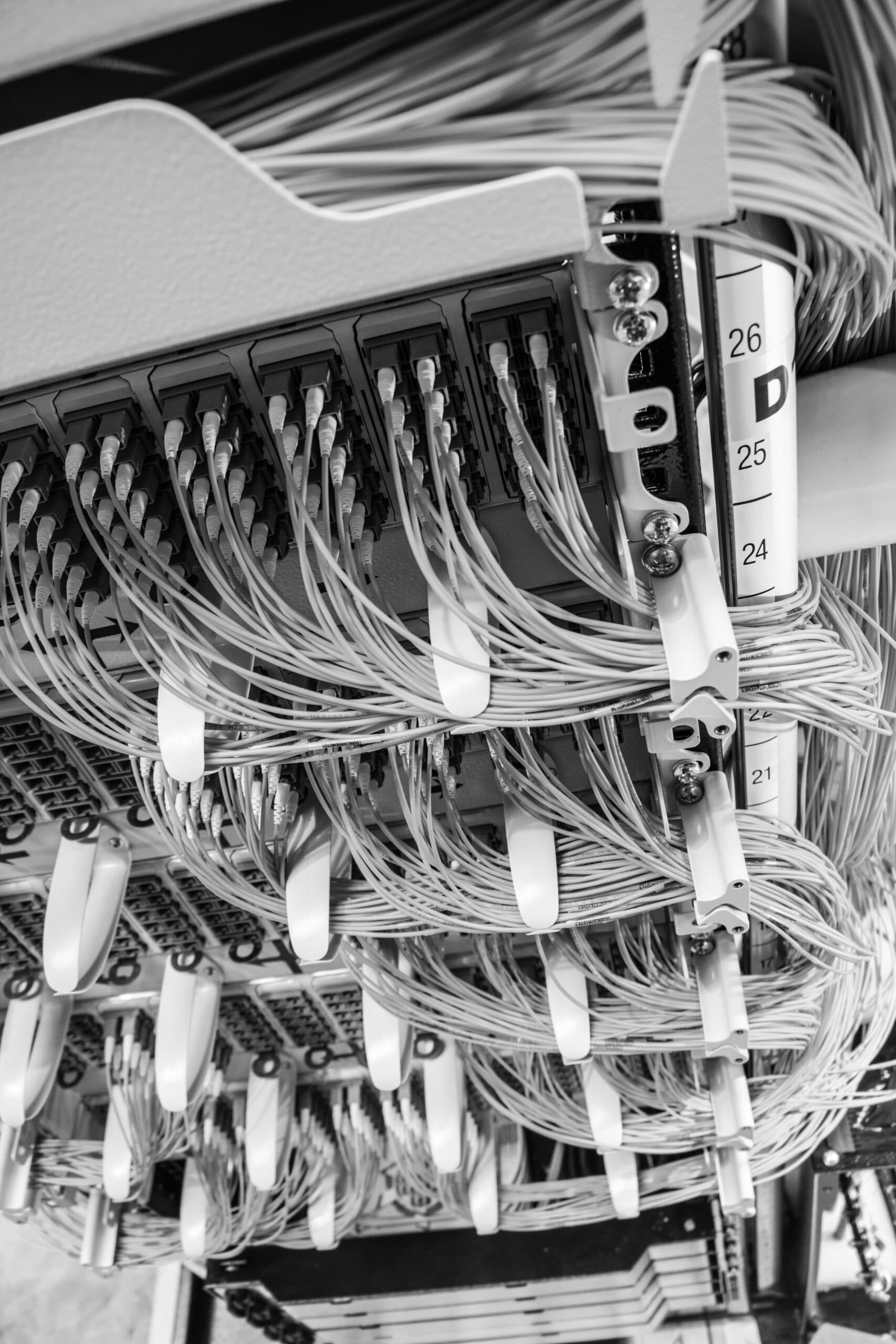When designing your network and physical data center infrastructure, basic concepts such as port densities, fiber volume, over vs under routing paths, and internal cabling specifications need to be carefully considered.
The trend over the past few years is for higher density with a smaller footprint. This combination has become a challenge and a key driver for adequate fiber management.

Solution architects must ensure that fiber cables and other passive equipment have adequate access and provide improved serviceability over the lifetime of the installation.
Adequate fiber management is often subjective, however, most prefer a high degree of accessibility at every point. This will eliminate the risk of bend loss due to poor installation practice.
Whether it be underfloor or overhead, the containment setup must be based on the maximum volume of fiber cables with respect to the fiber count within these cables.
Care must be taken to consider Crush Resistance and other factors that will result in potential attenuation, or loss of signal strength.
With overhead containment, there is a mix of cable types, fiber counts, and diameters often including traditional patchcords.
As time goes by and the containment begins to fill, the top layers of cabling begin to crush the bottom layers.
Along with potential attenuation, accessing the damaged cable becomes a challenge. Since it is already at the bottom of the cable pile, and may run over a long distance, through fire breaks, etc., it is practically unusable.
There are a many containment options available on the market, each of which have their own advantages.
Whichever you choose to install, a key decision should be the volume of fiber needed to be contained, plus some additional capacity for growth.
Cables are not liquid, they will not lay perfectly and fill the space. Standards define the fill ratio of containment as 60% full. With a given cable type and fiber count, the correct volume can easily be calculated.

Another important factor includes the routes in and out of the containment. When routing the containment, Bend Radius and Crush Resistance must be carefully considered.
The allowable Bend Radius (BR) is defined by various international standards as a minimal dimension (millimeters), over a number of coils (typically 100) that the fiber can be wound.
Exceeding this point will cause attenuation and loss within the fiber. If not sufficiently supported, the cables at the bottom of the containment will be damaged.

This cabling practice provides a defined route, and will also limit the risk of damaging the fiber beyond its BR. The Bend Radius of fiber ranges from 30mm down to 7.5mm.
Fiber cable, on the other hand, has a BR specified as a multiple of the cable diameter, normally 20x during installation and 10x once installed.
The best practice for cable management is open to discussion. However, one thing is clear: care must be taken to consider port accessibility, moves, or modifications throughout the life cycle of the data center.
Crush Resistance, containment setup, and Bend Radius are all basic factors that must be taken into account to ensure performance and relative ease of accessibility over the lifetime of the installation.
AFL Hyperscale – The World. Connected.




